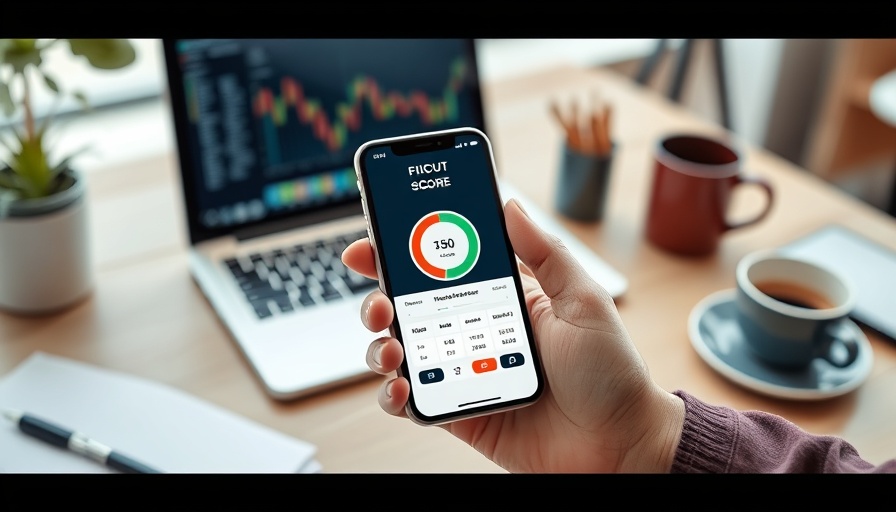
Understanding Your FICO Score: The Basics
Your FICO score, a three-digit number ranging from 300 to 850, is crucial for determining your creditworthiness. This score is derived from your credit history across the three major reporting agencies: Experian, TransUnion, and Equifax. Understanding your FICO score is essential as lenders utilize it in 90% of their credit decisions, impacting everything from loan approvals to interest rates and insurance premiums.
The FICO score is calculated based on five categories:
- Payment History (35%): Your track record on payments.
- Amounts Owed (30%): The total amount you owe across credit lines.
- Length of Credit History (15%): The duration that your credit accounts have been active.
- New Credit (10%): How often you apply for new credit.
- Credit Mix (10%): The variety of credit you hold, like credit cards and loans.
Why Monitoring Your Credit Score is Essential
A proactive approach in monitoring your credit score can yield several benefits, including the ability to spot inaccuracies and trends that may indicate identity theft. Consistent attention to your score will enable you to understand how your financial choices affect your credit over time, and this insight is critical when making significant financial decisions.
Free vs. Paid Options for Credit Score Monitoring
When considering how to track your FICO score, it's essential to weigh both free and paid credit monitoring tools. Free platforms like Credit Karma and Credit Sesame offer basic functionalities and use the VantageScore system, serving as a good starting point for those interested in casual monitoring.
However, if you're looking for detailed insights into your FICO score—the model that most lenders actually use—you might consider investing in a paid service like myFICO. This service provides access to your FICO scores from all three major agencies, comprehensive credit monitoring, and identity theft protection. Tailoring your choice to fit your unique financial situation is key.
Choosing the Right Monitoring Tool for You
Before deciding on a credit monitoring tool, it's important to identify your specific needs. Consider factors like the level of detail you want, the frequency of updates, and any additional features, such as identity theft protection or insights into improving your score.
Practical Tips for Maintaining a Healthy Credit Score
Here are some actionable insights to help you maintain a healthy credit profile:
- Regularly Check Your Credit Reports: Obtain free reports annually from AnnualCreditReport.com to identify any discrepancies.
- Pay Bills on Time: Timely payments can significantly boost your creditworthiness.
- Manage Credit Utilization: Aim to keep your credit utilization ratio below 30% to reflect responsible credit use.
- Be Cautious With New Credit: Too many inquiries in a short time can negatively impact your score.
- Diversify Your Credit Mix: Having a range of credit types can positively affect your score.
Understanding the Connection Between Credit Score and Debt Handling
High levels of debt can detrimentally impact your credit score, particularly if you fall behind on payments. Employing strategies such as the snowball or avalanche methods for debt repayment can not only improve your financial situation but also boost your credit score over time. Additionally, understanding concepts like debt-to-income ratio and secured vs. unsecured debt will empower you to make informed decisions that promote financial health.
Final Thoughts: The Importance of Financial Literacy
Establishing a solid grasp on your credit score, its significance, and how to effectively monitor it is a vital component of achieving debt-free living. By taking proactive steps and emphasizing financial wellness, anyone can enhance their credit score and reduce the overall impact of debt on their financial health. If you haven't started monitoring your credit, now is a great time to begin!
 Add Row
Add Row  Add
Add 



Write A Comment